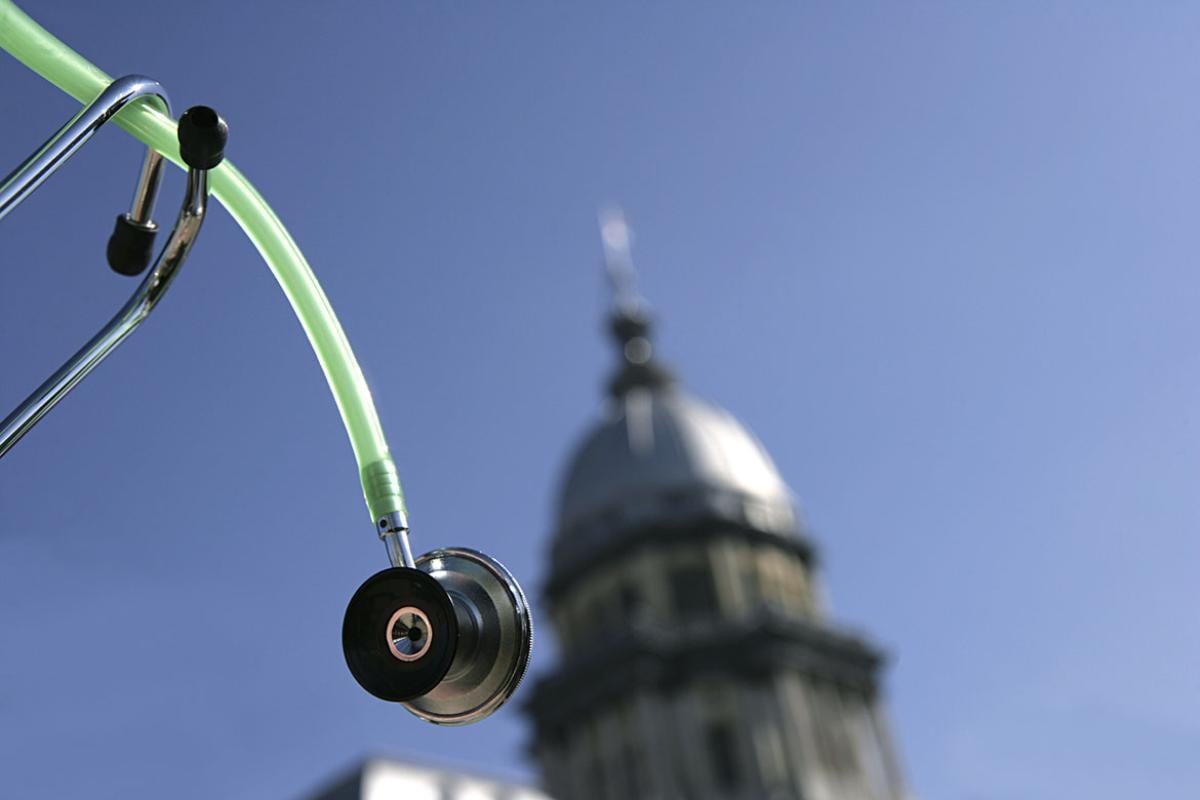The AMA made many exciting strides toward more robust health IT earlier this month at the 2014 AMA Annual Meeting, adopting policies on such timely topics as telemedicine and electronic health record (EHR) usability.
The movement toward improving health IT hopefully means more physicians will be able to adopt technology that helps them in their practice of medicine. My background is in clinical technology, from being involved in the U.S. Navy’s health IT program to helping set up the Office of the National Coordinator for Health IT (ONC) to taking on a global role at Computer Sciences Corporation. Needless to say, I’m an advocate for using technology smartly.
Here’s the important lesson I’ve learned about the digitization of health care: Physicians must take charge to shape and lead its development, or the technology won’t be worth using. As physicians, we must harness technology and not let technology harness us. The AMA took major steps toward doing just that in adopting several of our new policies.
The AMA Council on Medical Service developed guiding principles to ensure the appropriate coverage of and payment for telemedicine services. Passed by the AMA House of Delegates, the new policy establishes a foundation for physicians to use telemedicine to help maintain an ongoing relationship with their patients. It also gives physicians ways to enhance follow-up care, better coordinate care and manage chronic conditions.
Physicians also created policy to address “data lock-in,” in which information stored in one EHR system cannot be easily transferred to another system. This is a huge challenge with EHRs, so I’m glad to see my peers want to address the issue. The policy directs the AMA to work with the federal government and EHR vendors to enhance transparency and establish a process to achieve data exchange.
In fact, the ONC recently responded to our intensive advocacy efforts by issuing its 10-year vision for health IT, which makes achieving nationwide interoperability of EHRs its aim.
In order to make this happen, the federal government also needs to address the current and future measures in the meaningful use program. Our advocacy work has centered on improving this program by urging the Centers for Medicare & Medicaid Services to remove the all-or-nothing approach that is causing a great deal of hardship for physicians across the nation.
Finally, new policy calls for the AMA to engage the EHR vendor community to make system changes that would better meet physicians’ practice needs. We’ve already created a special advisory committee of physician experts who are working on a report that will identify the top recommendations for improving EHR usability and anticipates the big problems that may arise in the future. That work is supportive of our ongoing dialogue with vendors to address physicians’ concerns.
We’re taking strides toward more advanced, connected methods of care. Our next step is to analyze the digital information we have. Let’s study, use and share it in new and innovative ways that we couldn’t do with a pad and pencil.
If you’re interested in learning more about telemedicine and other health IT trends in a helpful snapshot, check out the science and technology chapter of the AMA’s Health Care Trends Report. As a bonus, you can earn continuing medical education credit as well.



